
Sea of Cortez and Tahiti Updates: It’s All Different but the Same as Ever
If you were to zoom into the Sea of Cortez or Tahiti from outer space, you wouldn’t notice much difference from your past visits until you got onto the streets of a town like La Paz or Papeete. Most cruisers we hear from let us know the beauty of cruising hasn’t really changed, but it’s the social and in-town aspects that have changed. Plus, cruisers are doing a few more projects and less sailing. All the precautions you have to take anywhere, you also have to take while cruising. So it’s all the same, but different.
In Cruise Notes in our February Changes in Latitudes, we hear from Patsy Verhoeven — La Reina del Mar — who Poobah’ed last fall’s Nada Ha-Ha after COVID caused the cancellation of the official Baja Ha-Ha. She led the Nada Ha-Ha south and is now back in La Paz aboard Talion, her Gulfstar 50.
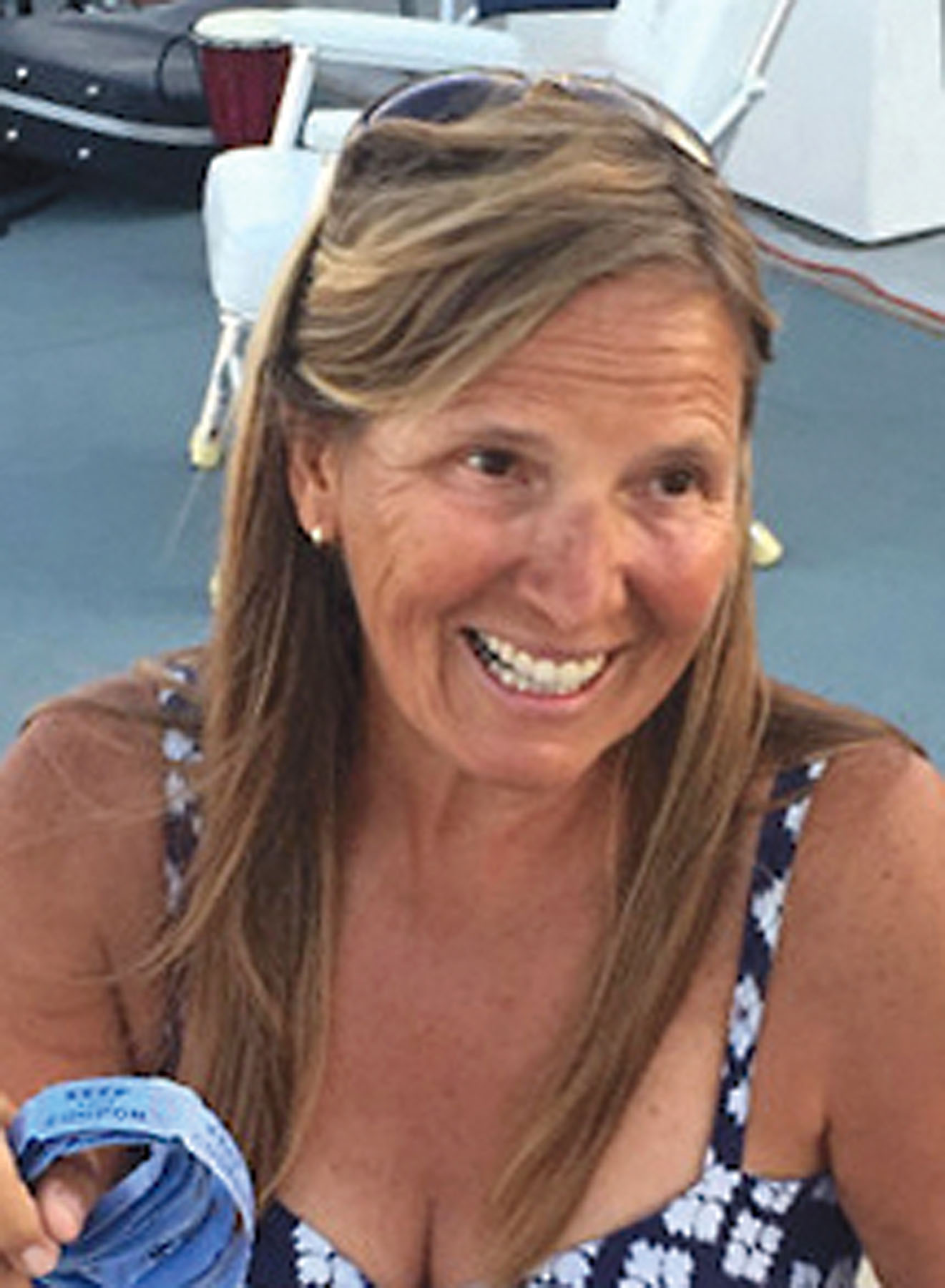
She passed along the following, “New cruisers are arriving every week and the veterans are returning to retrieve their boats. La Paz marinas have plenty of available slips, and anchorages in the Sea are open to cruisers anchoring and exploring ashore.
”However, ashore in La Paz, COVID restrictions are in full force with masks required indoors and outdoors — with fines if you are caught without one.
“It’s a different cruising season, with no Club Cruceros gatherings, morning coffee, potlucks, or charity events. Without social activities, I find it a great time to get to many projects. Talion is over 40 years old and it shows in some areas. I’m presently replacing a lot of interior teak, sanding, and varnishing. If it all goes smoothly I’ll give the teak and holly floors a makeover too.
“The glorious Sea of Cortez is calling. It is as beautiful as always and unaffected by the pandemic. My plan is to spend February through May singlehanding up in the Sea with old friends, meeting new ones, and reuniting with last year’s Nada Ha-Ha sailors. Then it’s time for my annual bash back north to escape the summer heat and hurricanes — and to get ready for the 2021 Baja Ha-Ha!”
Meanwhile, we just heard from Andy Turpin in Tahiti, who wrote this month’s story South Pacific on Hold. The story outlines Tahiti’s ‘sort-of-open-to-cruisers’ policy, which changed just as we went to print. Tahiti has now increased travel restrictions for French Polynesia starting on February 3. This includes travel from France and from the rest of the world. Until further notice, tourism is no longer a valid reason to travel to or from the French Polynesian islands. Travel is only allowed for urgent family needs, health care and essential business.
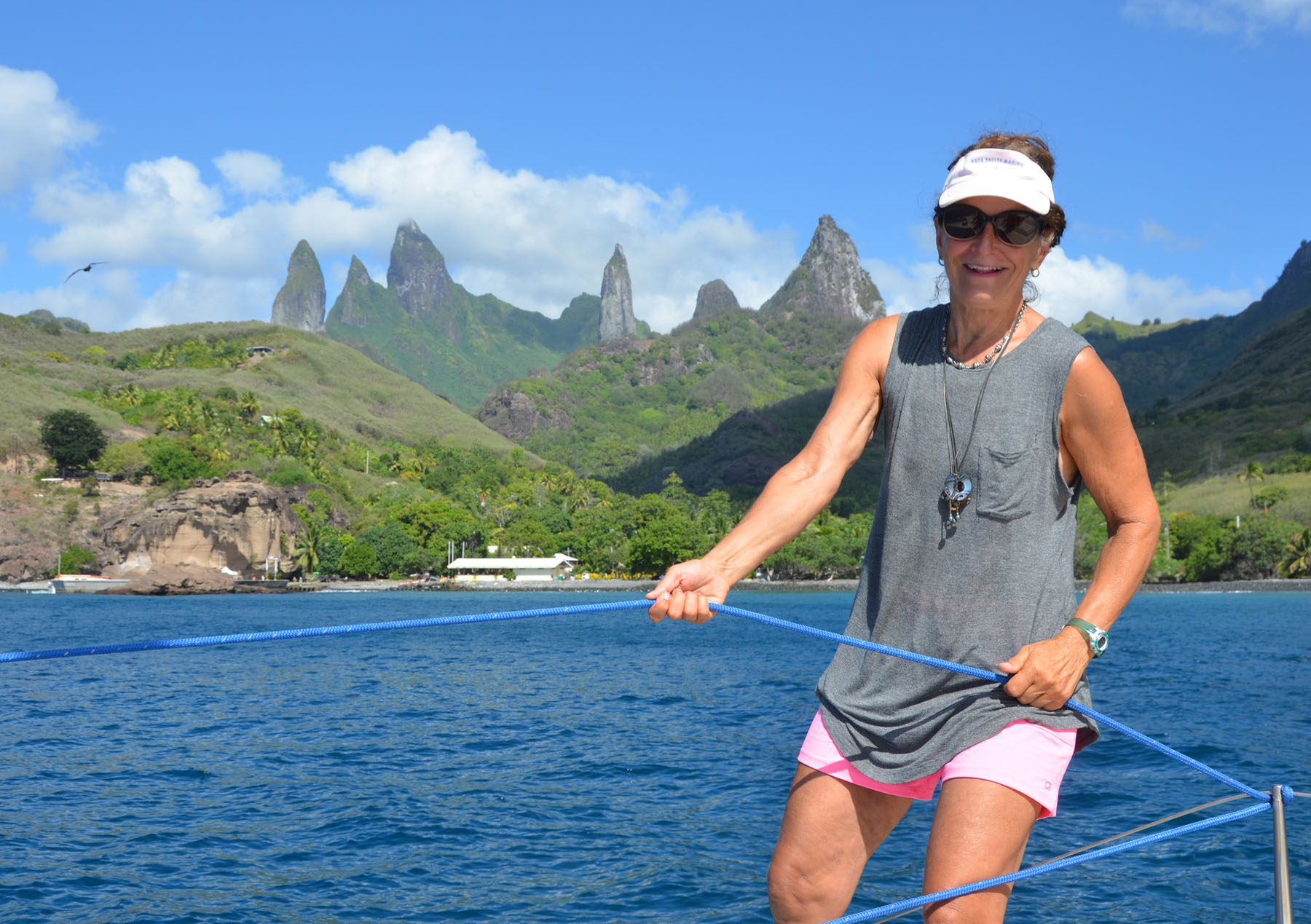
Andy and his wife Julie were lucky, since they were in the States and returned to their trimaran, Little Wing, just nine days ahead of this recent shutdown. Andy reports, “They seem to turn these restrictions on and off periodically. Very tricky here, as elsewhere, because they really need the commerce but really don’t have a medical capacity to deal with a big explosion of cases.
“Out here in the anchorages the sailors are largely unaffected. Most of them keep a pretty low profile and the most dangerous thing they do is going to the supermarket where, by the way, everyone wears a mask.”
Shutdowns everywhere are taking on a rhythm like the tides. Everyone needs businesses to open up to keep the economy going, so authorities loosen restrictions until the hospitals fill up. At that point, they shut things down until hospitals clear out enough to make room for the next wave. Then they open up the economy a bit until the hospitals fill up again. Hanging out in a tropical anchorage and taking care of boat projects sounds like the way to go.
They say cruising has always been the art of fixing things in exotic places, so we wonder, has your intended sailing time, cruising or at home, turned into boat-project time? Let us know what winter projects you’ve taken on in place of sailing at [email protected].
Singlehanded Sailor Whitall Stokes Departs Chile
The quest of a sailing record for Californian Whitall Stokes and his Open 50 Sparrow may be history, but they still have to get home. Whitall checked in with stories about the many repairs needed and the final countdown to departure from Puerto Williams, Chile.
On January 26 he wrote, “The box of parts arrived right on schedule! It was packaged beautifully by Steve. The box arrived apparently moving through Customs unopened.”
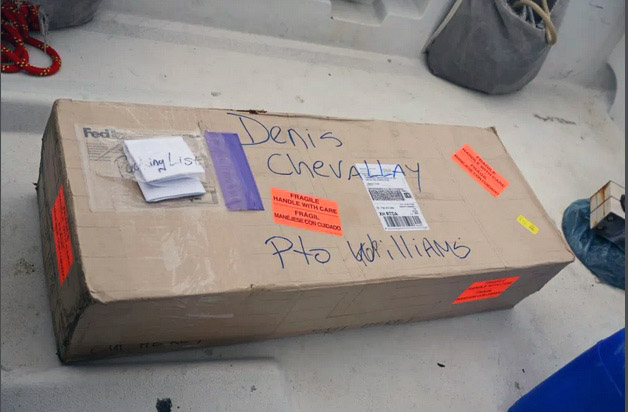
“The last few days have been busy here, and I’m down to just a few items left. I will finish all but one today, the battens and car installations due to the weather.” Whitall added, “Sparrow will be heading nonstop north up through the Atlantic to the East Coast of the US. Mostly due to my lack of confidence in the deck and rudder bearing, some due to COVID restrictions driving countries to close their borders to visitors.”
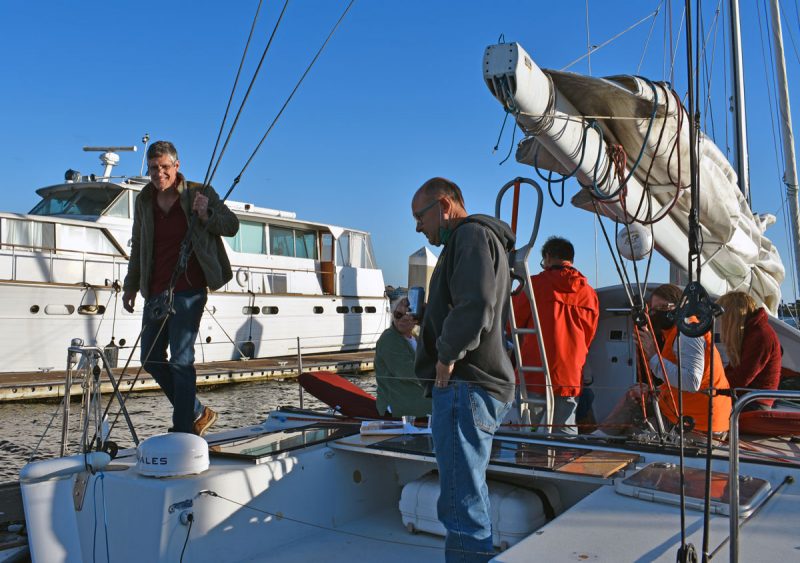
On the 29th they were almost ready to go. “As of this morning, Sparrow and I have been cleared to depart Chile. Sparrow is all patched up, ready for her venture north. First I shall try to motor upwind to the west 50 miles or so to see a glacier or two, then turn east, then north around the corner. I can’t say the weather is good for going west, but it’s good enough to get moving, and the barometer is rising. The tracker is on, pinging every hour.”
Whitall was also thinking about food. “I’m just waiting on bread. I’m told it’s worth waiting for! I have no doubt, as I have been breadless for a long time now and it’s been lurking as a secret craving. Other than that, the diesel tank is mostly full, the water tank is full, and I’ve plenty of food aboard. Everything is stowed and ready.”
The bread arrived and then they were off. “Lalo, the director of Cedenas, Cmdr Guerrero of the Naval Armada, and Rene came out to Sparrow with bread and gifts and to retrieve the dinghy they had loaned me. They were gracious and lovely as always, and I was sad to have to leave them.”
A planned side trip had to be canceled though. “I had hoped to head west to see some glaciers, but the weather would have none of it. 25 knots on the nose and Sparrow’s 20-hp engine is just not up to the task. As I write, I am passing Isla de los Estados on my way east going through the Beagle Channel.”
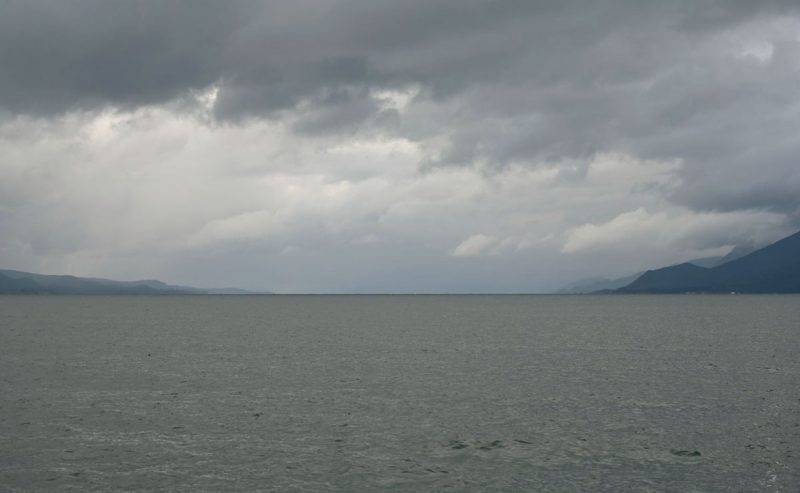
The stay in Chile was worth the trip. “I shall forever remember the warm, kind, and generous hospitality here in Puerto Williams. I dare say I shall be in touch with a number of them, as I am so grateful for their help and kindness. It has been a delightful visit.” Although he didn’t succeed in the circumnavigation, his adventure continues. “So my goal of sailing around the world has ended, but I accomplished the real goal of experiencing life’s amazing highs and lows. One amazing high is rounding Cape Horn. I am looking forward to some more weeks at sea, hopefully uneventful.”
Westwind Boat Detailing Offers Washing, Waxing and Varnishing
By Sea or by Land, Sailboats Are Meant to Keep Moving
We recently posted a story about the proposed improvements to overland transport between Salina Cruz in Oaxaca and Coatzacoalcos in Veracruz, Mexico. This made us wonder how many sailors have moved their boat across the land, or will do so at some time. Clearly it’s an option many of us take when transporting a small boat, perhaps a dinghy or trailer-sailer. But what about when your boat is big, say 30-ft or more? Bigger boat equals bigger truck, equals bigger cost. Particularly when it’s a long way. But sometimes it has to be done lest the boat in question deteriorate, becoming just one more among the many neglected or abandoned sailboats left to rot in some faraway yard. We had been grappling with that dilemma for about three years as our 37-ft Tayana lay wasting away in a Maine boatyard.
“We hauled Banyandah in 2016 after a summer season in Maine,” the boat’s co-owner Jay explained, “thinking we’d spend the winter with family in California and go back to our boat the following spring. We eventually got back in the fall. Our plan was to paint the bottom and do a few jobs, then put her back into the water and head south. Then we got a call for a job interview in the Bay Area, and they were paying for our flights. So we tidied up, spent a day wrapping the boat, and got on a bus for Portland. We wouldn’t have done the bottom yet if we’d known.”
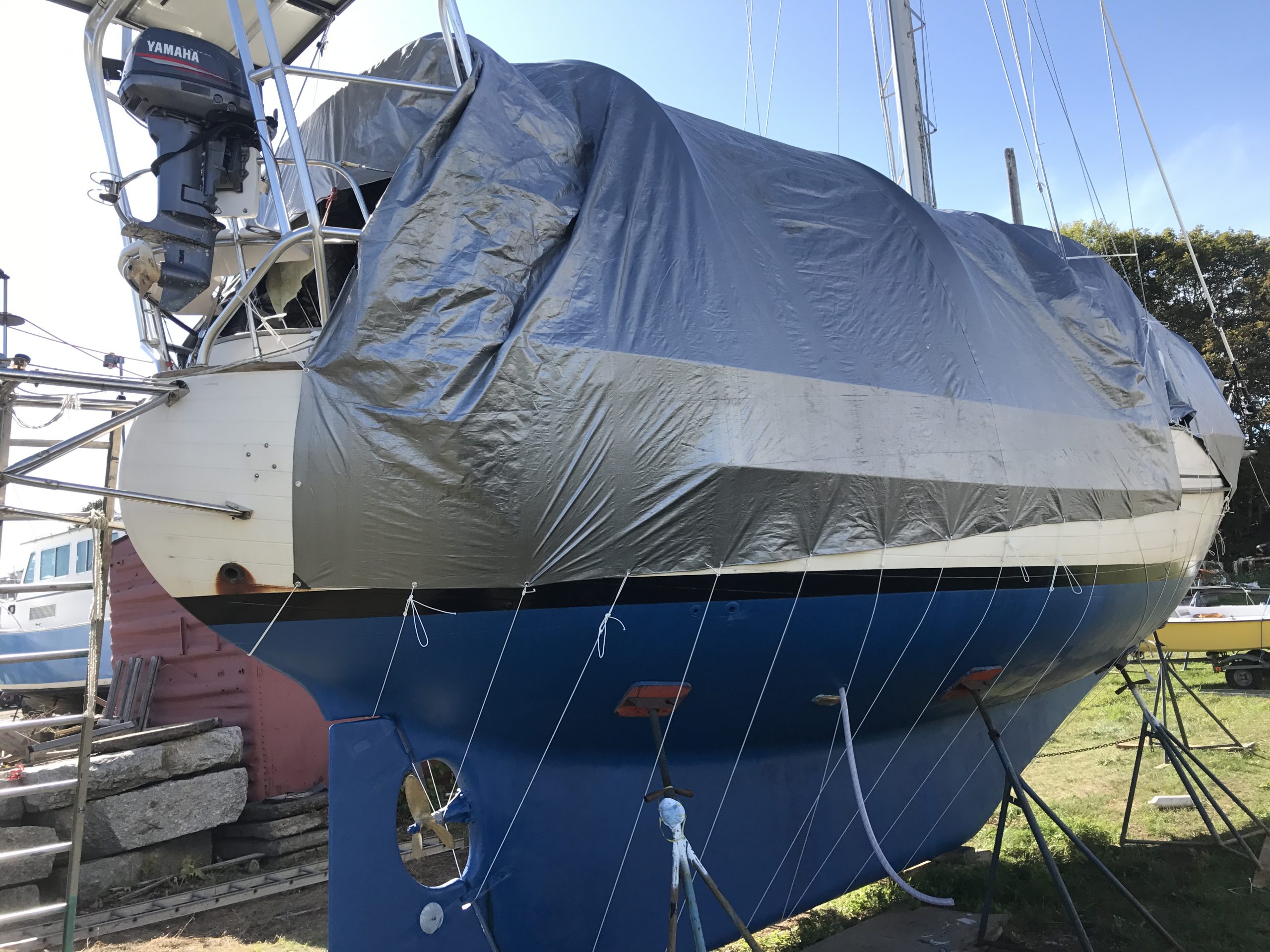
Although we were successful in the interview, the job didn’t pan out as hoped, but by that time it was already too late to sail out of Maine. The next three summers saw us tied to jobs on the West Coast, all the while hoping for a window in which to move our boat south, ahead of the inevitable winter.
“We’d wrapped her as well as we could with tarps and a million lines. We thought she looked pretty good, and according to the yard the cover held well for a few seasons. But by last summer the tarps were shredded. We had to do something before she was snowed in again.”
Eventually we decided to truck the boat just to get it out of the snow country and make it accessible year-round. Easier said than done. Our first hurdle was to digest the enormity of the task, particularly the cost.
“We knew it would be expensive,” Jay said, “about the price of a new engine. But it had to be done; we’d talked about it long enough.”
Then we had to find a carrier who not only was willing to do the job, but also had a trailer big enough to carry the 27-ton vessel. The first contractor turned up, looked at the boat and said, “We’re gonna need a bigger truck.”
“Yeah, that was a bit annoying,” Jay added. “It took a while for him to actually show up. The yard was on standby, we’d paid our bill, and now we had start again and find a new shipper.” Fortunately the next truck to arrive was the right size, and on January 12, Banyandah began her journey west. It was exciting to think that the boat we’d spent almost two years living on, and left behind four years ago, would soon be close at hand.
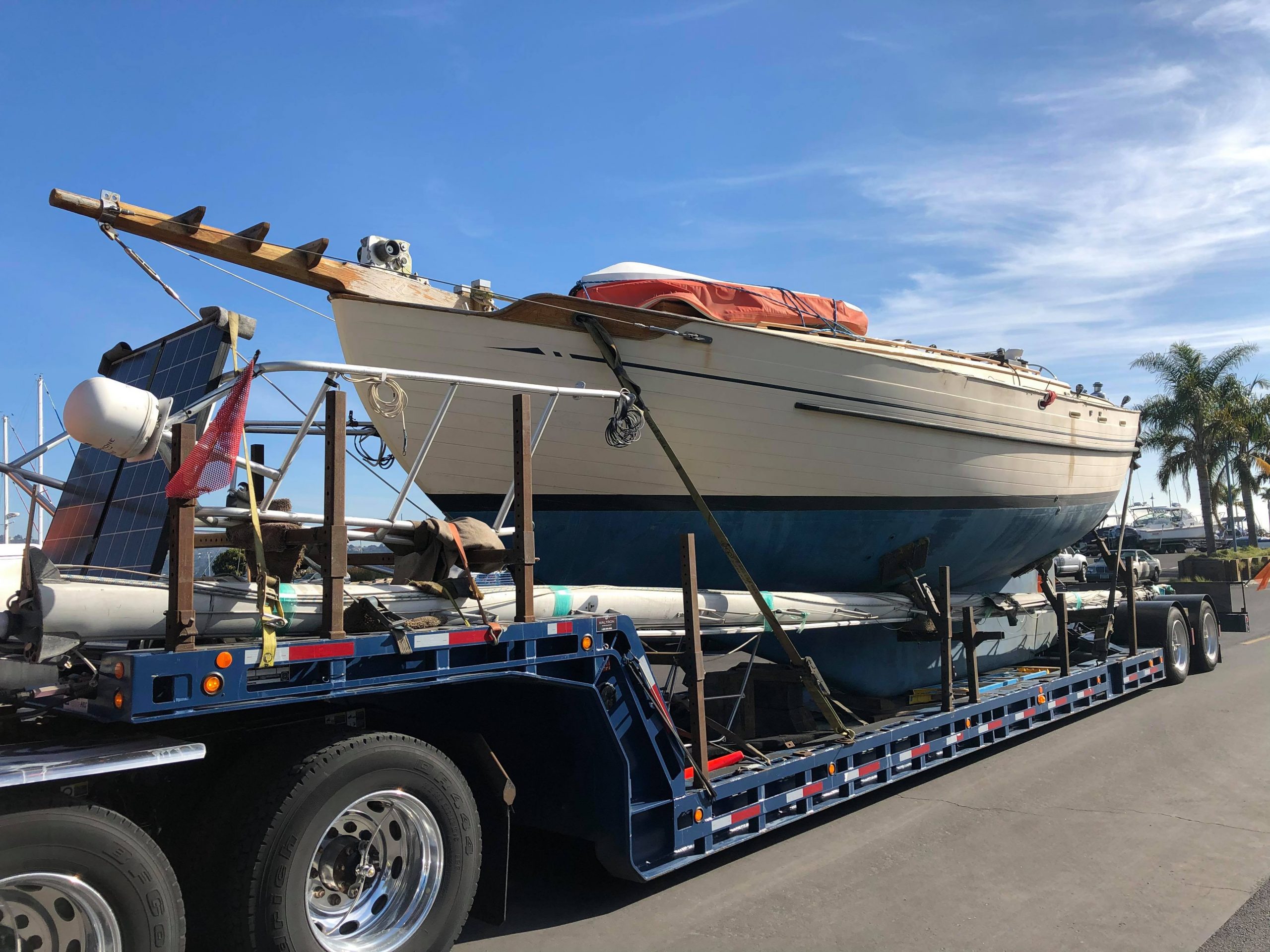
Banyandah arrived in Sausalito 10 days after leaving Maine, and although she was home, it was also a somewhat disheartening moment. She was intact, but looking less grand than when we had left her in 2017. Her once-fresh bottom paint was faded and streaked with runoff; her mast had been removed, along with the stanchions, bimini, solar panels and cockpit framing. Even the dinghy, with its deflated shell draped over the cabin top, looked sad and dejected. We’d known she would need work, but it was a bittersweet moment to see her strapped to the trailer like an old carcass. The years of exile had not treated her kindly. However, to state the obvious silver lining, she was home and in good hands.
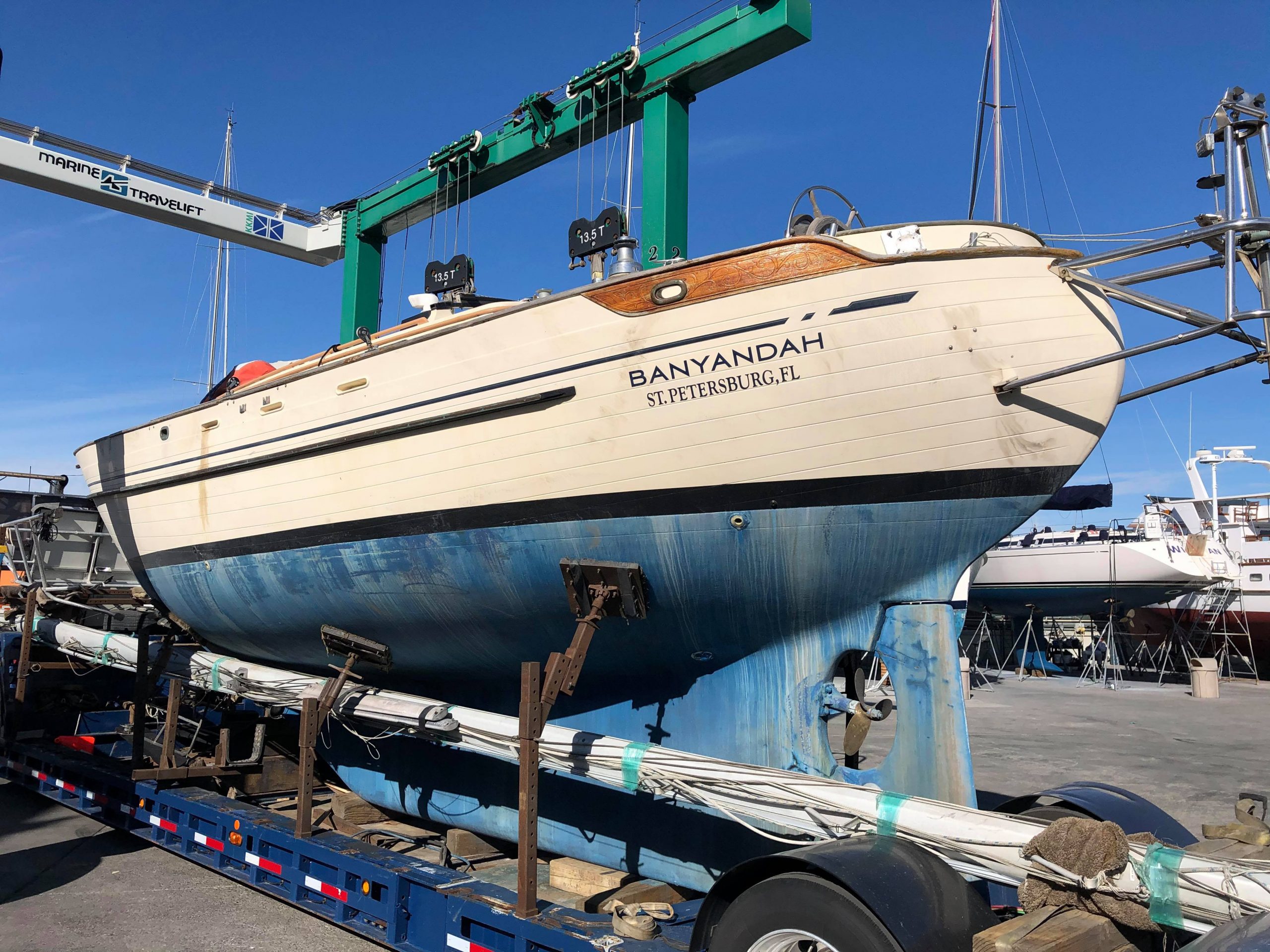
“The good thing is,” Jay said, “that she’s here. We can clean her up, fix her up, and get her back into the water to do what she was meant to do.”
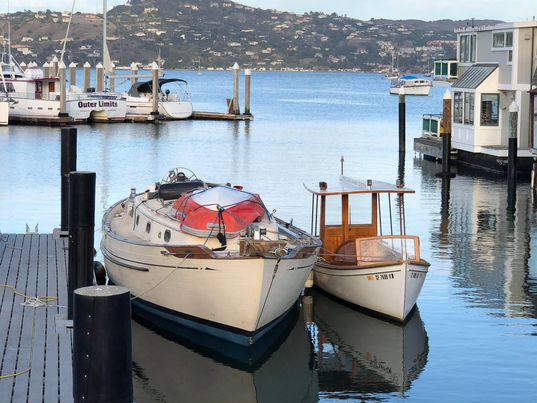
Banyandah will have a fresh start in her new cruising grounds and will live to see many more years of sailing. But what of the boats that have not yet been reunited with their owners? Will they find their way overland and into a new life? Or will they perhaps be discovered right where they are at this moment by an enthusiastic sailor or even a newbie, who will bring them back to life and sail them to their new homes?
What’s the farthest you’ve trucked your boat? Or perhaps you’ve even moved it by ship? Let us know at [email protected]
GPS Spoofing Reminds Us to Keep Our Sextant and Paper Charts Handy
As if we all needed more to worry about. We’ve written before about the phenomenon of GPS spoofing, as it’s becoming more apparent that, like so much of the technology we’ve come to depend upon and naively trusted, there are some systemic weaknesses. A recent article in the New York Times reminds us that the spoofing of GPS signals is getting easier and increasingly common. What is spoofing? Online it’s described as the act of disguising a communication from an unknown source as being from a known, trusted source, generally with some malicious intent.
The system has a fundamental problem in that GPS signals are weak as they arrive from their satellites and can be overpowered by stronger, land-based local signals. Now, why would anyone want to do that? On a global scale, nation-states have been having a great time exploring new methods of war, with cyberwarfare becoming very popular amongst the world’s generals. Shipping soldiers all over the world is expensive, and has only become more problematic with a pandemic going on, since they now have to wear masks in the trenches. With stay-at-home orders in place, many soldiers are now fighting other nations from the comfort of their home office, though spoofing does actually require a local presence.
However, it’s not just nation-states. The Times reports, “Spoofing and jamming devices have gotten so inexpensive and easy to use that delivery drivers use them so their dispatchers won’t know they’re taking long lunch breaks or having trysts at Motel 6. Teenagers use them to foil their parents’ tracking apps and to cheat at Pokémon Go. More nefariously, drug cartels and human traffickers have spoofed border control drones. Dodgy freight forwarders may use GPS jammers or spoofers to cloak or change the timestamps on arriving cargo.” When we were fooling our parents, it was all analog.
For sailors, this means you probably should keep your sextant and paper charts handy, and if you ever have that feeling that what you’re seeing on your chartplotter doesn’t appear to match up with what you’re seeing with your eyes, you should pay attention. Of course, that’s always been the case. You may not be the target of spoofing, but your signals could be inadvertently caught up in someone else’s spoofing efforts.
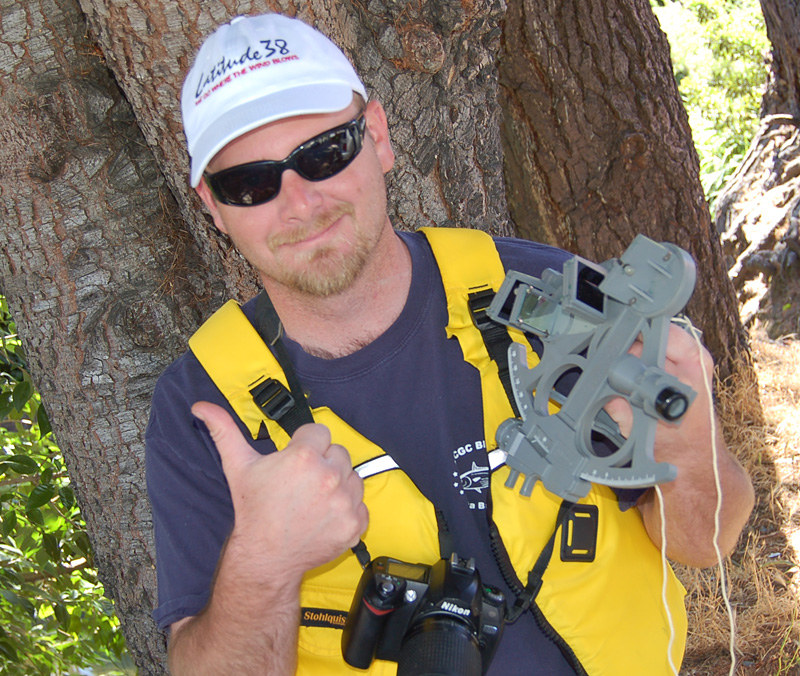
The Times also reports that the government and defense department are working on alternatives and have mandated a GPS backup with the 2018 National Timing and Resilience Security Act. Other nations have eLoran systems to avoid being vulnerable to disruptions to the US-owned and -operated GPS system.
Right now if you want to see if your kids are actually ‘in school’ you can probably just pop your head into the dining room to see if they’re studying, but once they’re out roaming the world again that signal you see on your ‘track my kid’ app may be spoofed. They might be out sailing instead of in class.
For many, cruising is a way of living ‘off the grid’. But cruising depends on being accurate within the grid, i.e., 17.5325° S and 149.5677° W puts you in a precise cruising location. So even if you’re living off the grid you (sometimes) want to know exactly where you are on it. Redundancy and resiliency have always been wise for all aspects of sailing, but in this case, having three GPS units aboard your boat might be no more useful than having one. Paper charts, parallel rules, dividers, sextants, and, in some parts of the world, Loran may be your best backup systems.

